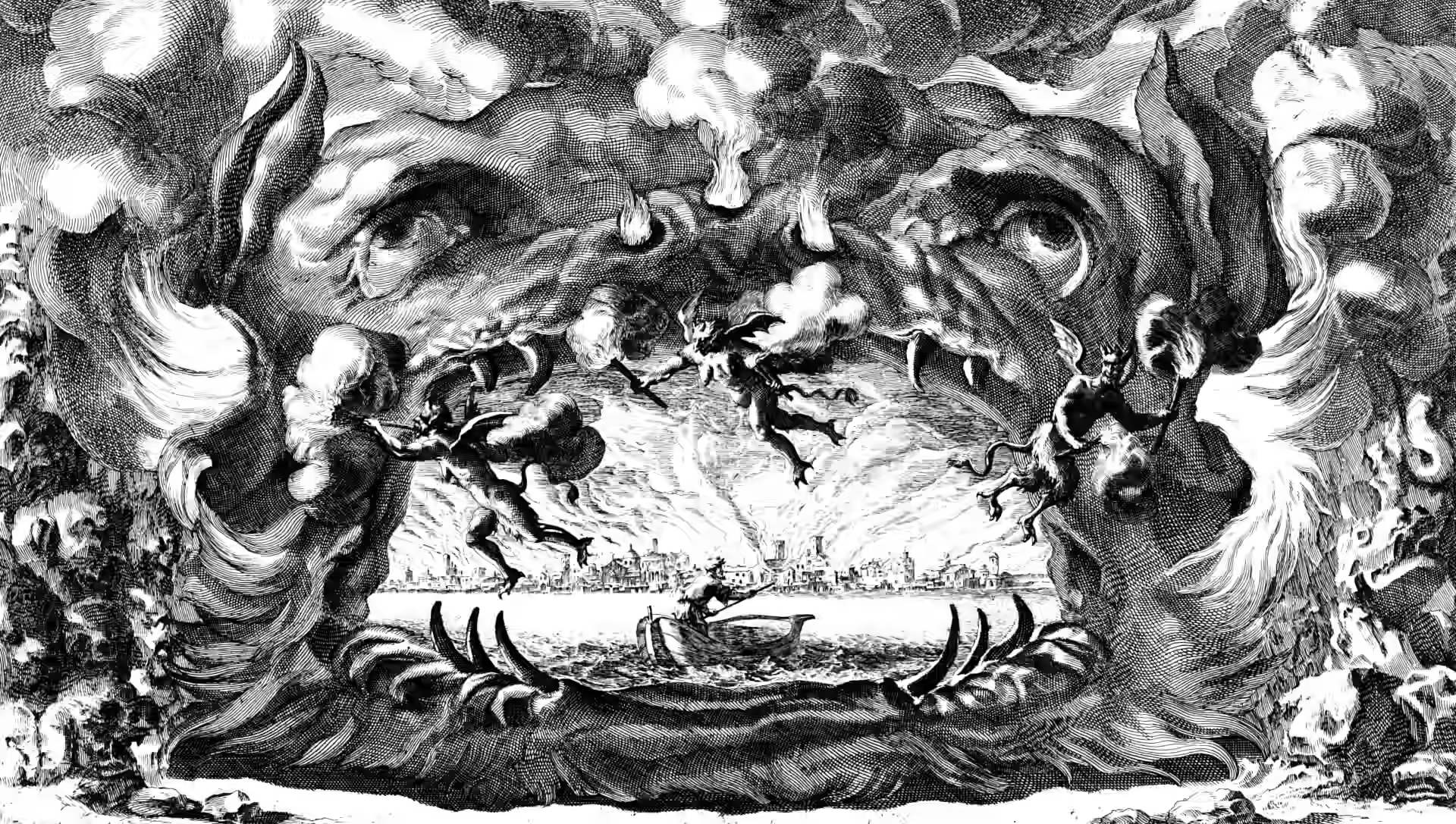The levels of simulacra
2018-12-17 — 2022-04-07
Wherein four tiers of meaning are delineated, as an assertion that there is a lion across the river is parsed from literal report to partisan advantage, and is applied to pandemic and political rhetoric.
Zvi Mowshowitz explains some interesting models of communication, in terms of truth-values of statements. Because he is, er, loquacious, it helps to have shorter versions of his posts to refer to. Which I might write here.
Original: Zvi Mowshowitz on simulacra and subjectivity:
[…]what it means to say “There’s a lion across the river”:[…]
- Level 1
- There’s a lion across the river.
- Level 2
- I don’t want to go (or have other people go) across the river.
- Level 3
- I’m with the popular kids who are too cool to go across the river.
- Level 4
- A firm stance against trans-river expansionism focus-grouped well with undecided voters in my constituency.
Or alternatively, and isomorphic to the Lion definition, from my previous simulacra post:
“There’s a pandemic headed our way from China” means…
- Level 1
- “There’s a pandemic headed our way from China.”
- Level 2
- “I want you to act as if you think there might be a pandemic on our way from China” while hoping to still be interpreted by the listener as meaning “There’s a pandemic headed our way from China.”
- Level 3
- “I wish to associate with the group that claims there is a pandemic headed our way from China.”
- Level 4
- “It is advantageous for me to say there is a pandemic headed our way from China.”
We can think of this as a kind of shading from pure discussion of the world-as-it-is to conflict-theoretic manoeuvring, perhaps.
Related:
- the high price of cheap talk
- Constructing myths.
- Is language even symbolic?
